Down, down, down. Would the fall never come to an end! “I wonder how many miles I’ve fallen by this time?” she said aloud. — Alice’s Adventures in Wonderland
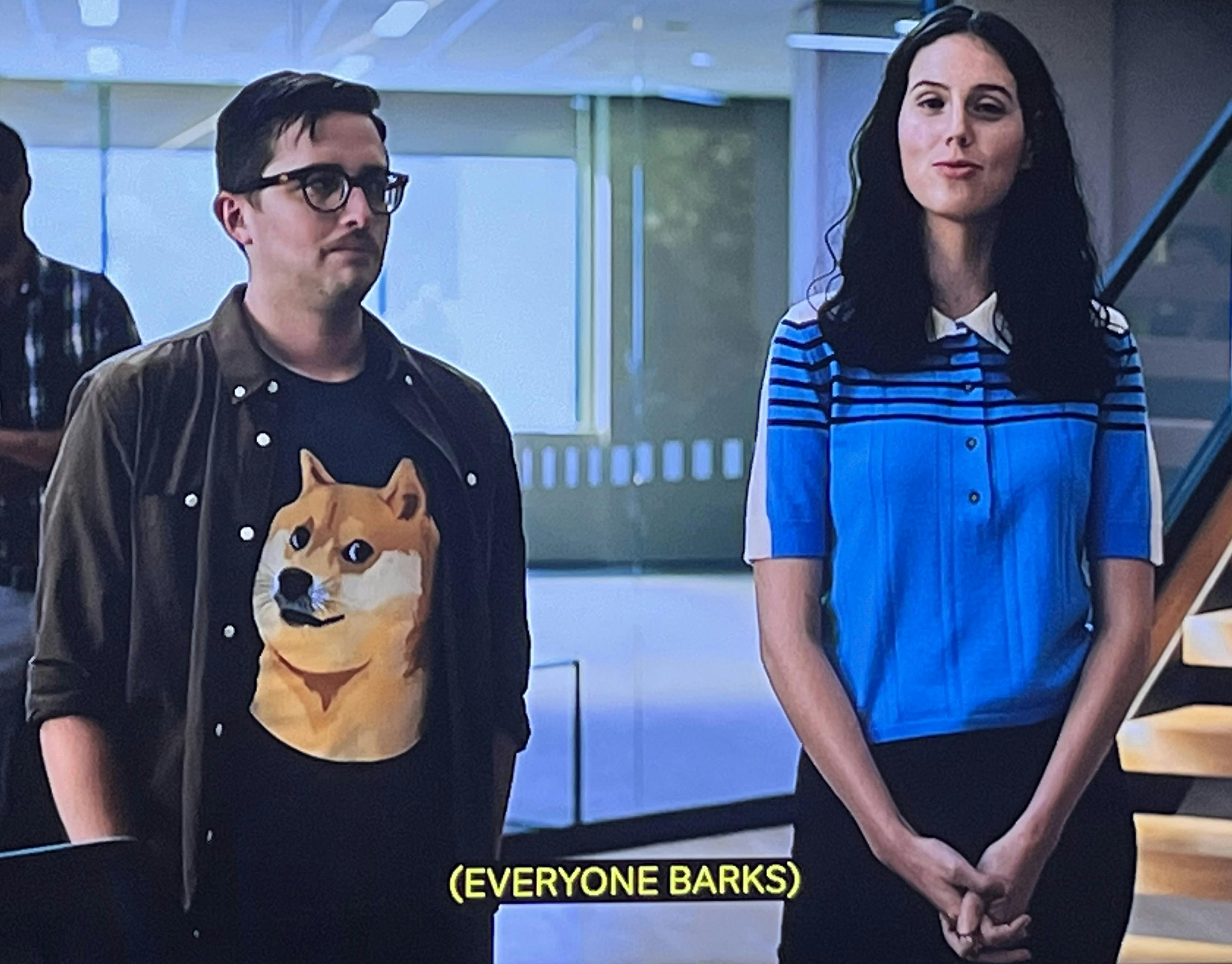
I was browsing Netflix one evening a few weeks ago when I saw that Ali Wong has a new show called Beef. I’d first seen her perform live not long before and thought she was hilarious, so I metaphorically rubbed my hands with excitement. Barely ten minutes into Episode 1, the following scene unfolded before my unbelieving crypto-optimistic eyes:
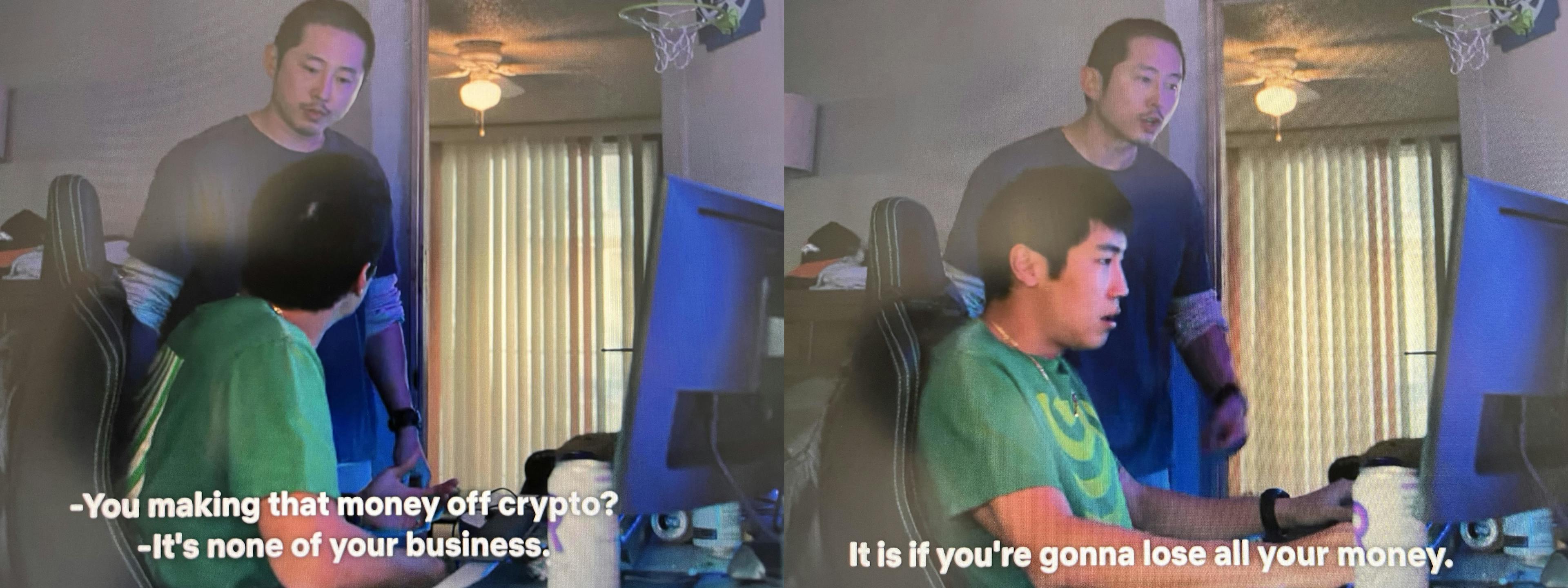
Needless to say, my little doge-shaped heart flinched. Here was someone telling his brother — a person he cares about and is looking to protect, not to trade crypto because there’s a good chance that he’ll lose all his money. And he was doing so not in the bubble of Crypto Twitter, but on Netflix, in front of a potential audience of millions of people all over the world.
This scene is unfortunately not the exception. In the majority of cases where crypto is featured in mainstream entertainment, it is presented as a means to engage in criminal activity, ransom, and other ventures of the sketchy variety. And this is even before Michael Lewis’s book on Sam Bankman-Fried and the implosion of FTX has come out (due later this year), to be followed by an Apple TV movie — two entertainment events that are likely to unlock new levels of notoriety for crypto. In other words, crypto is going mainstream all right, but not in the way that people who believe in its benefits ever planned to or wanted.
This is not to say that some of the flak that crypto gets is not “based on a true story” — there are indeed scams that hurt ordinary consumers, and there is a casino aspect to the industry as well. But this is only one aspect of it, which is manageable with good regulation and is a temporary phenomenon in a still young field. How about the rest however? Why are all the benefits of crypto — so interesting and so important — generally overlooked in mainstream narratives and entertainment?
This is the question that I look into in Part I of this series on storytelling infrastructure for crypto. In parts II and beyond, I outline ideas on how to tell stories about crypto’s good, fascinating aspects.
Why is it hard to talk about the benefits of crypto?
Think about when ChatGPT came out a few months ago — the Twitterverse collectively gasped, and almost instantly, timelines were inundated with screenshots of ChatGPT conversations. You didn’t need someone to explain to you how to use ChatGPT — it’s just a Google search bar powered by an invisible LLM, and you could tell straight away that you’re dealing with a technological miracle worthy of a sci-fi movie.
Or think about rockets. Very few people understand the inner workings of rockets, and yet almost everyone who sees a rocket take off, from children to adults, intuitively knows that rocket technology represents the pinnacle of human ingenuity and what a technological miracle looks like.
Not so with crypto.
Understanding crypto requires intellectual investment.
In a 2014 interview with the Washington Post, in which he compares the long-term importance of Bitcoin to that of the internet, Marc Andreessen has the following exchange with his interviewer:
Interviewer: For [journalists], the big challenge has been explaining what Bitcoin is to people. And I think we've always explained it as a currency, but does that — now that people know about it in terms of a currency, does that prevent them from [grasping Bitcoin's full potential]?
Marc Andreessen: I have a lot of friends who are programmers. The programmers have always gone like, "Those [Bitcoin] guys are crazy."
And then, almost 100 percent of the time, they sit down, read the paper, read the code — it takes them a couple weeks — and they come out the other side. And they're like: "Oh my god, this is it. This is the big breakthrough. This is the thing we've been waiting for. He solved all the problems. Whoever he is should get the Nobel prize — he's a genius. This is the thing! This is the distributed trust network that the Internet always needed and never had."
So, one of the challenges is you take people who aren't professional programmers or mathematicians and then you expect them to understand it from a standing start. And it's daunting. And so then it gets a word attached to it, like "currency" or whatever you want to call it, and then people think that it is something it isn't. And you have a sense of this, but it's a much deeper concept than currency. It's the idea of distributed trust.
Crypto is nothing short of a genius solution to a longstanding problem, but unlike ChatGPT and rockets, this is not immediately obvious to pretty much anyone without a specialized background. As Marc Andreessen points out, those who do venture to dig deep end up realizing that crypto is a technological miracle. It is however at best an intermediated technological miracle, where the intermediary is time and intellectual effort. To borrow a metaphor from a different field, crypto is like the best slow-burn novel you’ll ever read, with the added benefit that it is not about a fictional technology. But you do have to put in the time and effort to read your way through to the good parts.
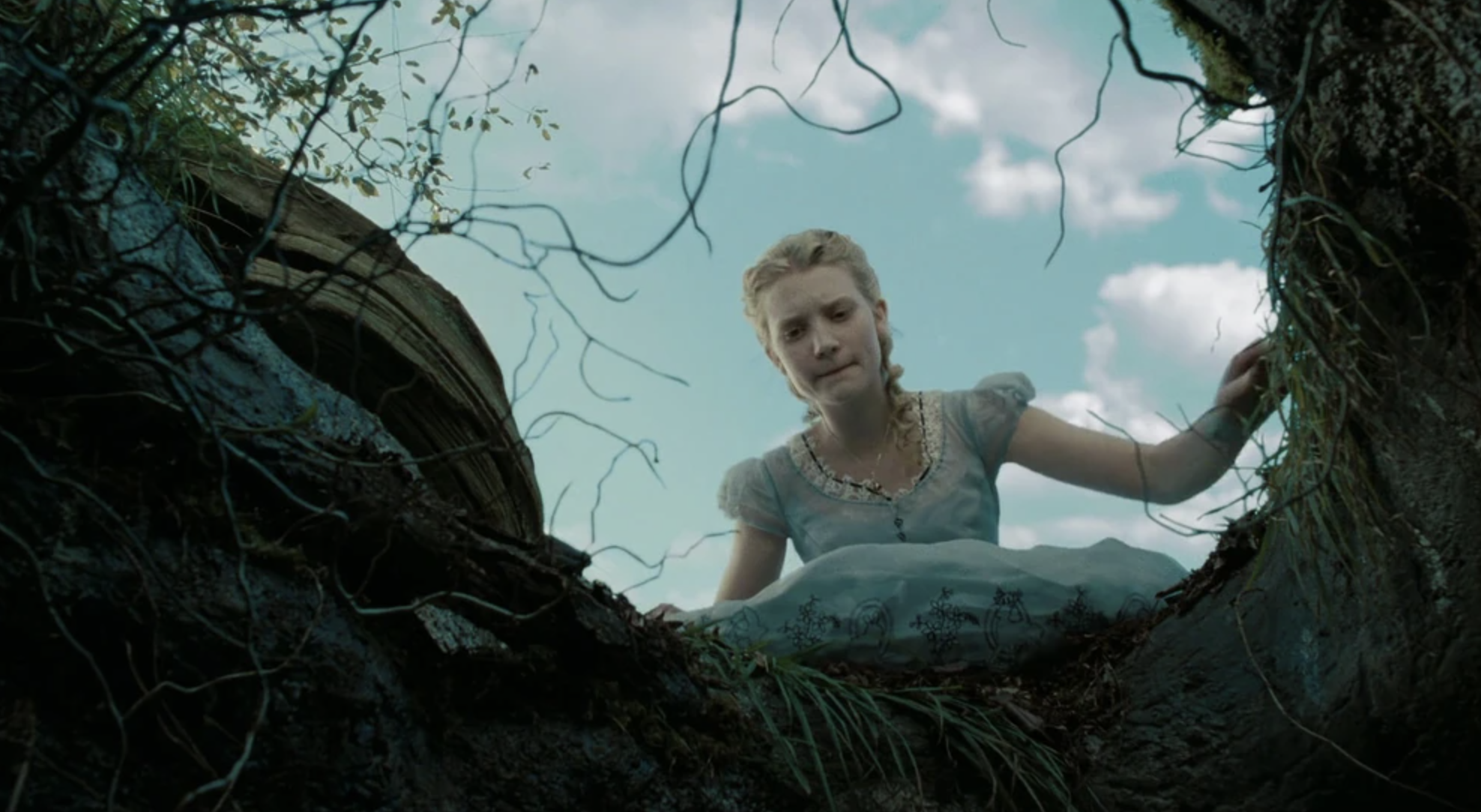
Crypto concepts can feel abstract and impersonal.
Going back to Marc Andreessen’s interview above, he concludes his answer in this particular exchange by saying: “so then it [Bitcoin] gets a word attached to it, like "currency" or whatever you want to call it, and then people think that it is something it isn't. And you have a sense of this, but it's a much deeper concept than currency. It's the idea of distributed trust.”
Lacking as a description though it may be, currency has a big advantage over the idea of distributed trust — it’s money, and money is tangible, familiar, and easy to talk about.
Imagine on the other hand trying to explain distributed trust to someone who is an outsider to the industry or is not technical. You might say that distributed trust exists when computers in a network communicate and coordinate between each other without going through a central computer. Visual approximations for this sort of architecture are often in the spirit of the image below:

For most people however, this kind of representation feels abstract and impersonal. It also does little to stir the imagination. Compare for example the effect of these two images:

It’s hardly a surprise then that even The Social Network, albeit a movie about another type of computer network, was not so much about computers, but about the web of messy and, for better or worse (sigh), relatable stories of the humans that started it.
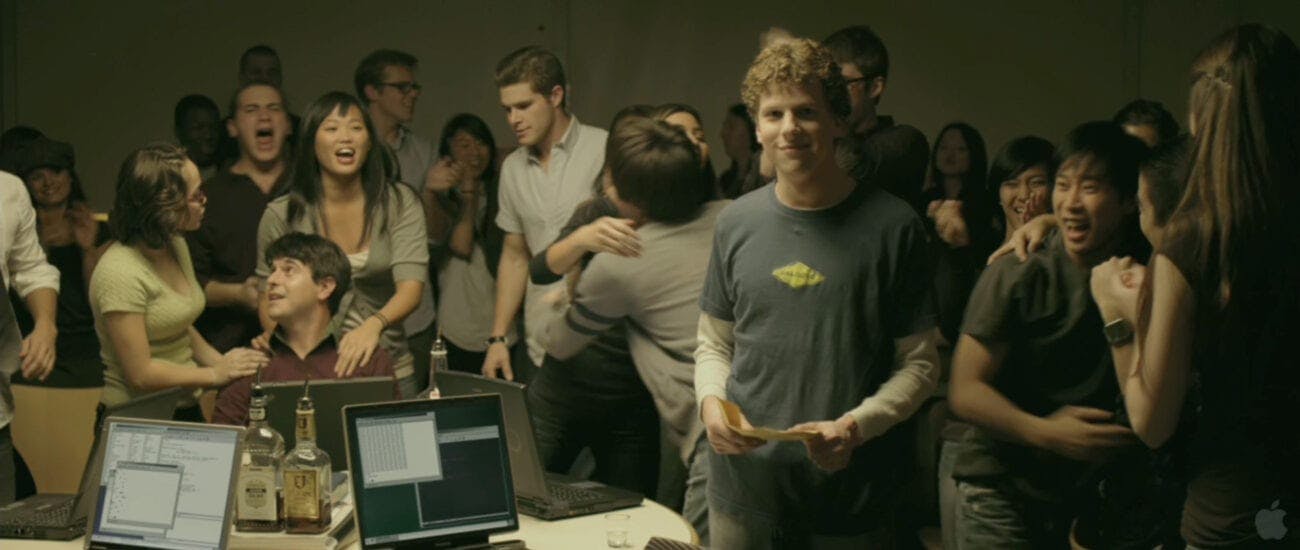
Distributed trust is infrastructure. When infrastructure works, it is well, hmm, boring to talk about.
Distributed trust may be difficult to explain and imagine, but what it enables in terms of products, services, applications, and companies is nothing short of mind-boggling. Here is Marc Andreessen again:
Interviewer: So the business opportunity posed by this "distributed trust network" — as an investor, what do you see that you could potentially —
Marc Andreessen: Hundreds or thousands of applications and companies that could get built on top. (…)
Digital stocks. Digital equities. Digital fundraising for companies. Digital bonds. Digital contracts, digital keys, digital title, who owns what — digital title to your house, to your car. Like for example, you get a digital title on a car, attached to a digital key, where you own your car on the Bitcoin blockchain and on your smartphone. The key for opening your car and starting your car is tied to that title. And if I sell you my car, automatically you get title, and you get the key that lets you operate the car, and it's all digital, and it's all unique, and it can't be cracked. You've got digital voting, digital contracts, digital signatures. You've got unique pieces of digital content. If you guys wanted to know exactly who had every piece of content you ever made, you can track that. It's this long list. And then every aspect of financial services: insurance contracts, insurance derivatives, currency exchange, remittance — on and on and on. It gives you a chance to basically go after this very broad category of online business in a new way. And, by the way, if we had had this technology 20 years ago, we would've built it into the browser.
In other words, crypto represents foundational infrastructure for the way we run our lives and is a substantial upgrade to the traditional operating system. The problem with infrastructure however is that, when it works, it stays in the background. It’s rails that take us smoothly through the various aspects of our lives. It’s everywhere, but it’s not meant to be a main character. Its role is rather to facilitate other, more important parts of the main character’s (our) life.
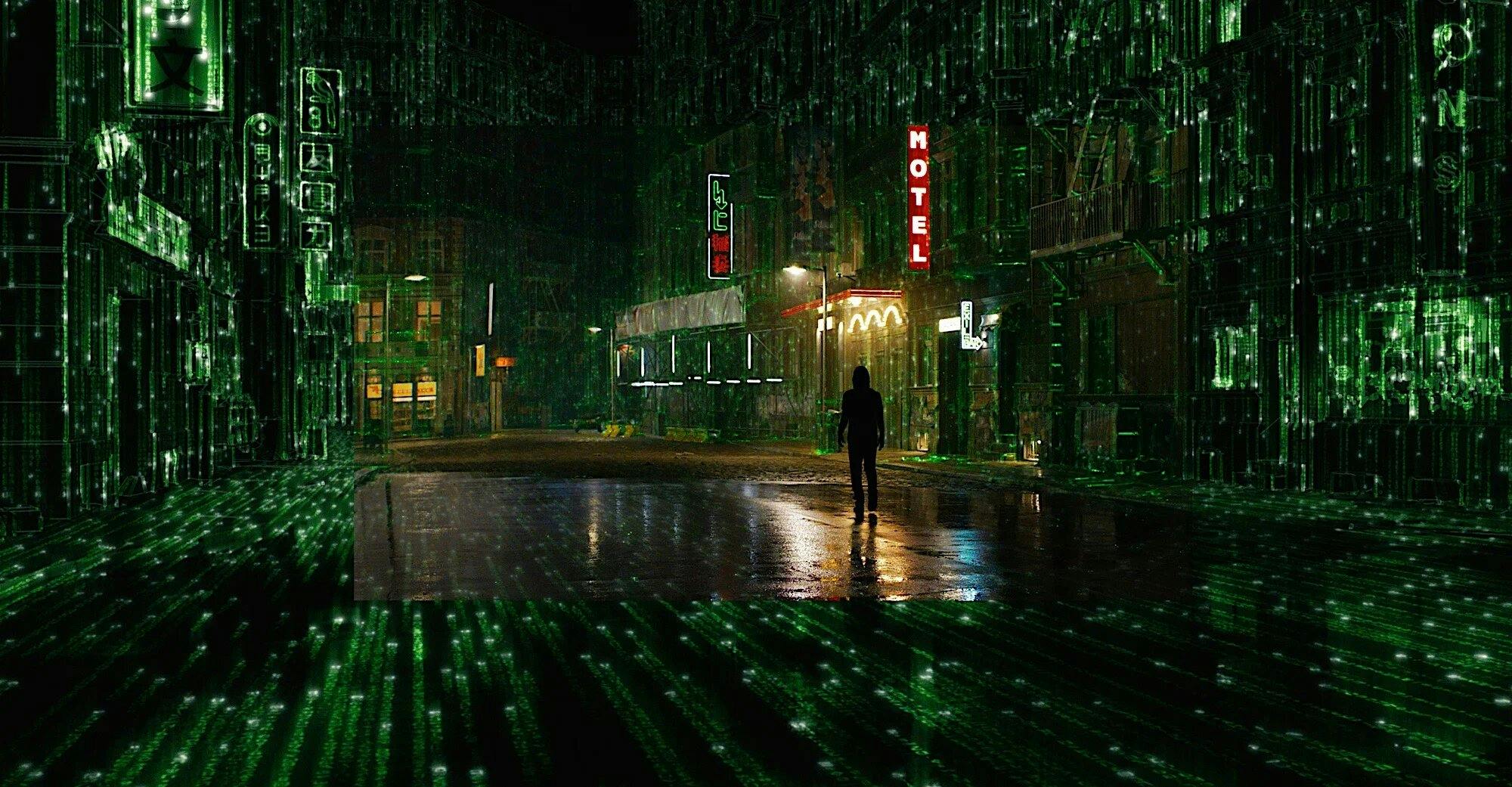
Take finance as an example. A sophisticated and smoothly functioning financial system is critical infrastructure for a modern society, and yet when was the last time you thought an insurance contract was sexy enough to talk to your friends about? The financial system has historically been a source of storytelling material only when it failed, as countless movies about Wall Street attest to. This is because when infrastructure fails, the focus shifts towards the people who designed it and the values that its design reflects. And humans and their values are the bread and butter of the stories that we want to hear and tell.
What these stories could be in the domain of crypto is what I look into in parts II and beyond of this essay series on storytelling infrastructure for crypto. While the industry is still in the process of outgrowing the reputational and regulatory issues it faces in its current, teenage years, it’s more important than ever to highlight the groundbreaking and fascinating aspects of crypto and to help them rise to greater prominence with the general public. Stay tuned, or as we say, LFG 🚀.
~ end